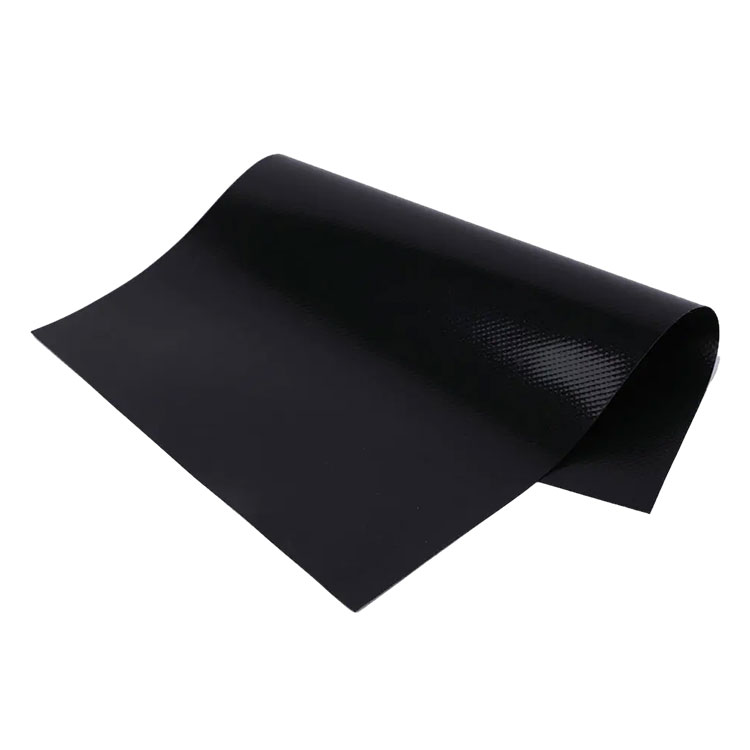The Versatility and Uses of Tarpaulin: An Essential Material for Everyday Life
2024-07-13
Tarpaulin, commonly known as tarp, is a highly versatile and durable material used across various industries and for numerous applications. From providing shelter to protecting goods, tarpaulins are indispensable in many situations. This blog explores the different types of tarpaulins and their wide range of uses.
Types of Tarpaulin
Tarpaulins are made from different materials, each with specific properties suited to particular applications. Here are some common types:
- Polyethylene (PE) Tarpaulin: Made from woven polyethylene, this type is lightweight, waterproof, and UV-resistant. It's commonly used for covering goods and outdoor protection.
- Polyvinyl Chloride (PVC) Tarpaulin: PVC tarpaulins are heavier and more durable than PE tarps. They are resistant to chemicals, oil, and mildew, making them ideal for industrial and agricultural applications.
- Canvas Tarpaulin: Canvas tarps, made from cotton or polyester, are breathable and less prone to condensation. They are used for applications requiring a softer, more flexible material, such as painting drop cloths and camping.
- Mesh Tarpaulin: Mesh tarps allow airflow and are used for shading, debris control, and covering loads that need ventilation.

Uses of Tarpaulin
Tarpaulins are incredibly versatile and can be used in a multitude of ways. Here are some common applications:
1. Construction Sites: Tarpaulins protect building materials and equipment from the elements. They also serve as temporary shelters for workers and can be used to cover scaffolding.
2. Agriculture: Farmers use tarpaulins to cover crops, hay, and machinery. They provide protection from rain, wind, and sun, ensuring that agricultural products remain in good condition.
3. Transportation: Tarps cover and protect goods during transport, preventing damage from weather and debris. They are essential for securing loads on trucks, trailers, and ships.
4. Camping and Outdoor Activities: Tarpaulins are popular among campers and outdoor enthusiasts for creating makeshift shelters, ground covers, and protecting gear from the elements.
5. Event Management: Tarpaulins are used in event management to cover stages, equipment, and seating areas, providing weather protection and ensuring the event runs smoothly.
6. Emergency Relief: In disaster-stricken areas, tarpaulins are used to create temporary shelters and protect supplies. They are crucial in providing immediate relief and shelter for affected individuals.
Advantages of Using Tarpaulin
Tarpaulins offer several advantages that make them a preferred choice for many applications:
- Durability: Tarps are designed to withstand harsh conditions, making them long-lasting and reliable.
- Waterproof and UV-Resistant: Most tarps provide excellent protection against water and UV rays, ensuring the covered items remain dry and undamaged.
- Cost-Effective: Compared to other materials, tarpaulins are relatively inexpensive, offering a budget-friendly solution for various needs.
- Ease of Use: Tarps are easy to deploy, adjust, and secure, making them convenient for a wide range of applications.
- Versatility: With multiple types and sizes available, tarpaulins can be used in countless ways, catering to diverse needs and environments.
Conclusion
Tarpaulins are an essential material in many aspects of daily life, offering versatility, durability, and protection. Whether for construction, agriculture, transportation, camping, or emergency relief, tarps provide a reliable solution for protecting goods and creating shelters. Understanding the different types and uses of tarpaulins can help you choose the right tarp for your specific needs, ensuring maximum efficiency and effectiveness.


